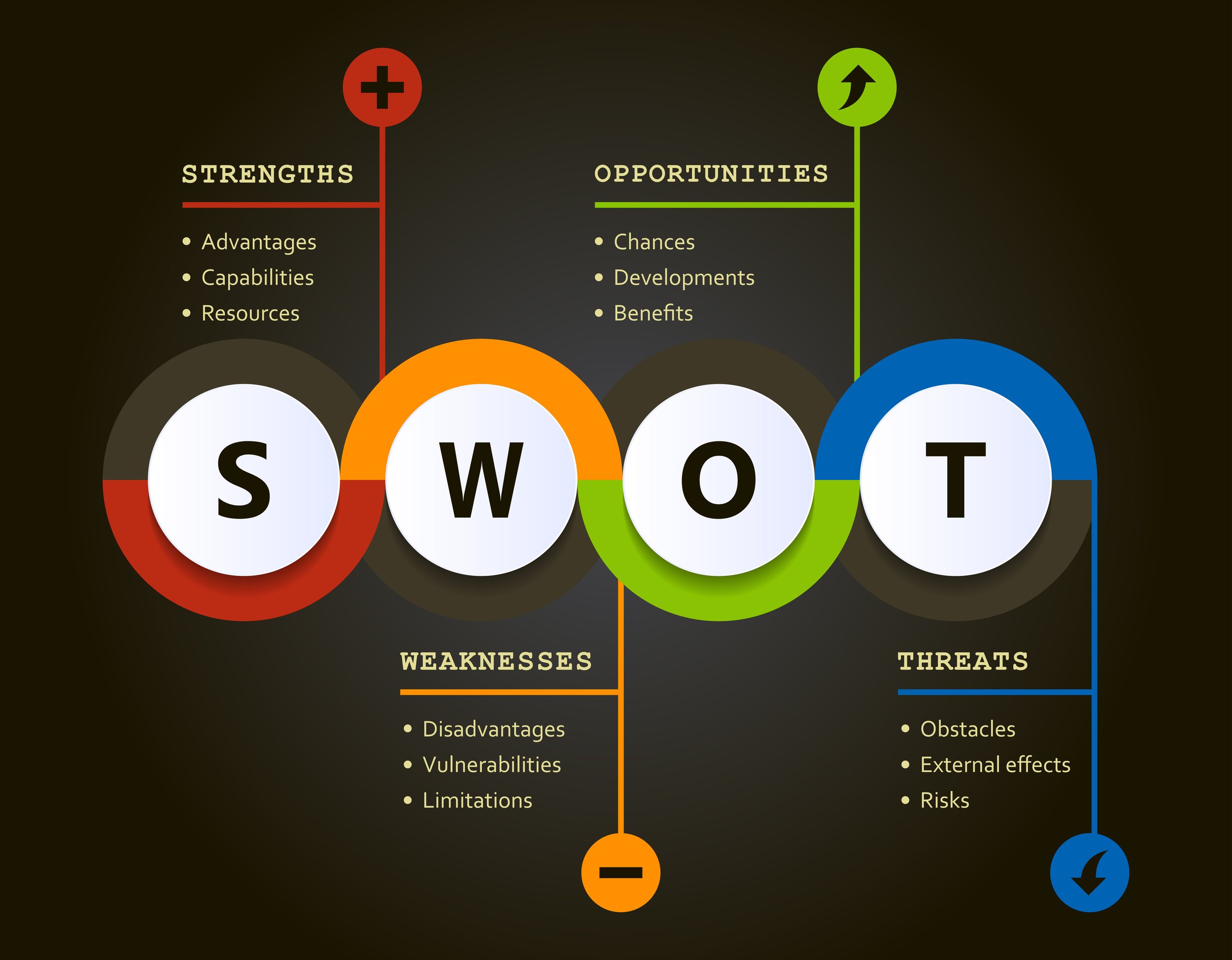How to develop a business strategy.
The previous article discussed starting your business from scratch with little or no money. We’re digging deeper into that process for this article. Starting a business and, more importantly, sustaining it takes so much commitment and foresight! Your business strategy gives you that foresight and allows you to implement steps for business growth. Rarely do businesses succeed without a strategy, so it’s essential that you have the necessary foundations in place for your business. And yes, even if your business is content creation, influencing, or selling candles on Etsy; you still need an effective strategy to grow.
What is a business strategy, and why do you need one?
A business strategy is a plan with specific goals and objectives that map your business growth. A good strategy helps you reach your desired outcome by making sure each part of the plan is logically connected with the others. Conversely, a lousy strategy would not make sense or have no connection between its different parts (or both).
A business strategy is a set of activities that help you achieve your goals - it’s not a plan. Your strategy should be malleable, nimble, and adaptable to changes in your industry, markets, and business environments. There’s quite a bit of research involved in business planning and strategizing. We live for research here at Morse Creatives, so this is right up our alley!
The more time and thought you put into creating an effective strategy for your business, the more likely you are to achieve success.
It would be best to have a business strategy because there are many obstacles to achieving your business goals; that’s just the reality of marketplaces, bureaucracy, and capitalism. A strategy helps you plan for these obstacles, overcome them, and grow.
How to develop your business strategy.
The first step in developing your business strategy is identifying your strengths, weaknesses, opportunities, and threats. This can be done by conducting a SWOT analysis - a simple process where you list out each of these factors for your business (strengths), then list out how they apply to the industry as a whole (weaknesses), then list out what opportunities are available that could help or hinder you (opportunities) before finally looking at threats that might arise from external factors like competitors entering the market or economic downturns.
For example:
Strength – Customers have well received our product in the past.
Weakness - We lack the resources to market our product effectively across all demographics.
Opportunity - If we can increase awareness of our brand among younger consumers, sales could increase dramatically!
Threats: Competition from new entrants into this market segment is fierce; other companies may be able to offer lower prices than ours due to economies of scale (they produce more units per year).
You should also define who exactly will be using whatever you're selling, or who will consume the content you create - whether this is an actual physical product or service like catering services; or if it's more abstract such as advice on starting up new businesses. Of course, your target market, niche, and industry will influence everything else about how you develop your strategy, so ensure this part is done right!
Create a mission statement.
To develop a business strategy, you need to create a mission statement. A mission statement is a clear statement of what your business is about and what it will do for its customers. It should be easy to understand and memorable so that employees can use it as a guide when making decisions. An excellent example of this would be Apple's famous "Think Different" slogan from 1997 that became one of their best-known advertisements ever made.
A mission statement should also be used as an objective-setting tool; it helps set goals by providing direction for where the company wants to go in future years.
Create a vision statement.
A vision statement is a short and memorable description of your company's goals, values, and mission. It should be written in the present tense and use active verbs so that it feels like you're describing something happening right now.
· An excellent example would be: "We are changing how people think about healthcare."
· You can also include details about achieving these goals (e.g., by providing personalized care).
We all want to be successful and elevate our businesses, but there are many obstacles to achieving our goals. A strong business plan and strategy can help you overcome those obstacles and reach your business goals. - Asa
Value Proposition
How will you provide value to your customers and audience? What specific needs and pain points are you solving for them? What is it about your products, services, and content that stands out from your competitors. Really think about the value your bring and express that in a clear statement, this is your value proposition. I talk more about this in the video below.
Remember that your business strategy is a not plan for your business. It's about your business's long-term vision and how you want to will get there, how you will adapt to changes.
A strong business strategy will help you overcome obstacles and achieve what you want for your business.
The most important thing is to get started. You don't have to have all the answers before you begin, but you must take action now rather than later. If you still need to figure out where to start or what steps to take first, don't worry! We've got plenty of resources here at Morse Creatives that will help guide your way through this process (and inspire some creativity along the way).

